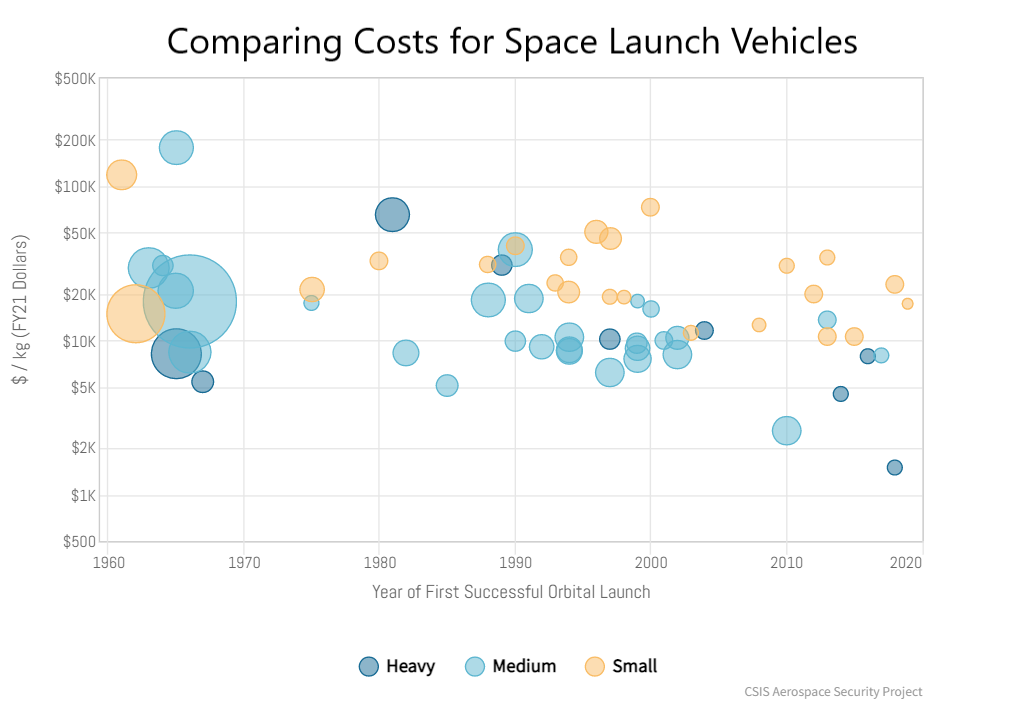The stock market is in a freefall, which means investors are hunting for alternative investments. It makes good sense to look at fine wine as an investment vehicle, but it’s important to evaluate it based on long-term returns.
Using compound interest calculators helps us see the potential of investing in a hard-asset. Likewise, using the “Rule of 72,” investors can easily determine how long it will take for any account to double in value based on the stated interest rate.
Wine is a Viable Liquid Asset
There are two subjects that go together very well: alternative investing and compound interest. Why? Because millions of people are searching for a way to avoid the current market downturn in equities and find one or more assets that deliver worthwhile long-term returns.
One of the best alternatives is fine wine, which has a very stable return and tends to rise in value even during adverse economic conditions. Until recently, it was nearly impossible for everyday traders and investors to acquire a stake in wine.
New developments in online investing, particularly in crowdfunding, have enabled millions of consumers to build a portfolio of fine wines. Not only is wine a liquid asset, no pun intended, but it has a solid history of increasing in value with the passage of time. The English idiom, “… like a fine wine,” refers to something that gets better as it ages, not weaker or less attractive.

Using Compound Interest To Evaluate a Wine Investment
Let’s use an accurate compound interest calculator to examine the wine situation more closely. What many people don’t know about wine is that it is not only one of the most stable of the “alternative” asset classes in terms of ROI but that it has become a wildly popular way to park capital during the past decade.
Since online investing exploded two decades ago, it has become much easier for everyday investors to buy things like wine, fine art, and collectible cars. Even high-end art is no longer out of reach of ordinary, middle-income folks. Why?
Crowdfunding has made it possible to purchase small shares or increments of very large assets. Nowadays, for example, you can log onto one of the major art websites and create an investor account. After that, it’s simple enough to buy a stake in a major painting or sculpture. Otherwise inaccessible pieces of high-end artworks are now on offer for $50 per share.
Of course, it’s up to the owner of the asset to decide how to raise money. If you own a $100,000 sculpture and would like to gain access to some of its value, you could offer half of it, or $50,000, on a crowdfunding site at $50 per share. Once you sell 1,000 shares, you have raised the capital you needed but now have a very large number of co-owners, all of whom hold a small piece of the action when you put the work up for auction.
Let’s look at how the returns on fine wine work out for modern investors. In recent years, the wine market has brought in millions of small backers, and many European and US vineyards are prospering as a result. The average return on fine wine is nine percent per year. As noted below, that means each dollar invested doubles in eight years.
But what if your goal is to accumulate wine in a for-fee storage facility owned by one of the crowdfunding sites? Suppose you receive a $5,000 bonus from your employer and decide to buy investment-grade wine with the funds. If you’re 30 years old now and hold the wine for 40 years until your expected retirement at age 70, how much will it be worth if it appreciates at nine percent per year?
Using the compound interest calculator, we’re happy to see that the modest investment of $5,000 in a few cases of top-grade wine grows to the astounding sum of $180,549 by an age-70 retirement.
There are no guarantees on what wine or any other alternative investment will return, but it’s informative to witness the incredible power of compound interest and how it can turn a small investment into a giant nest egg for a retiree.

How Long Does It Take To Double Your Investment?
Whether it’s wine, gold, a savings account, or a piece of real estate that returns a consistent percentage or profit year after year, there’s a quick and easy way to figure out how long it will take for the investment to double in value. The trick is called the Rule of 72 because it uses that number as the centerpiece of its calculation.
Let’s say you purchase ten cases of high-end champagne for $10,000. After doing historical research on the brand, you determine that it has a long-term ROI of 18 percent. That’s high for a stock or bar of gold but relatively normal for excellent champagne. When will your 10 cases of bubbly be worth twice what you paid for them?
Using the Rule of 72, we simply divide the stated rate of return, in percent, into the number 72. So, our champagne will be worth twice the purchase price in four years. The math: 72 divided by 18 equals 4. It’s important to always use the percent ROI when you do the dividing.
What About Gold?
The beauty of the Rule of 72 is that you can do a quick calculation to evaluate all sorts of investments. Take gold, which has posted an average annual ROI of about nine percent for the past two decades. The math is easy on this one because nine goes into 72 exactly eight times.
So, if gold continues to return an average of nine percent per annum, a big assumption for sure, and you buy $10,000 in bullion today, your shiny stuff will be worth $20,000 in eight years. Of course, these are just examples based on past returns and in no way should be taken to imply that wine or gold will repeat those rather stunning prior performances.



